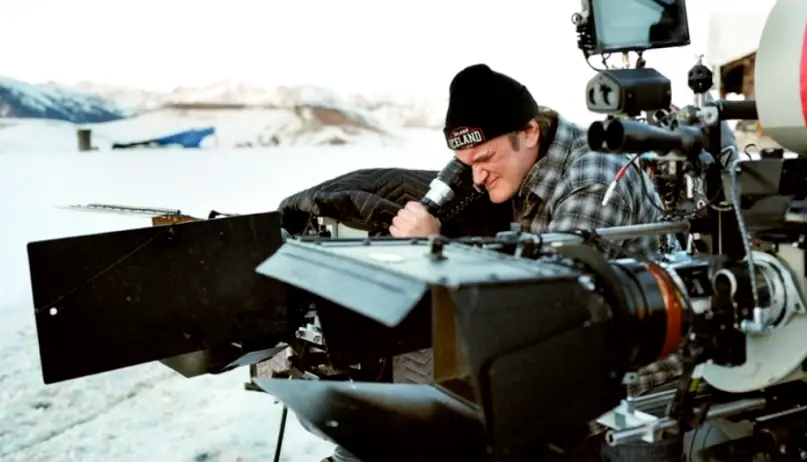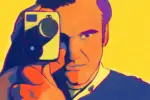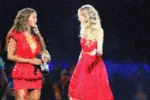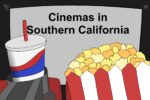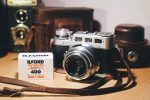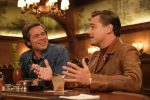The 70mm Experience: What It is and Why Tarantino Used it
The Hateful Eight and its period-appropriate film techniques will throw you happily back into the heyday of Western cinema.
By Natalie Hays, Texas State University
If you’re a movie buff, you probably freaked out when you heard that The Hateful Eight was having a 70mm roadshow.
If you’re not a movie buff, you probably saw the price for the 70mm showing and shrugged your shoulders.
70mm is more than just seeing a movie, though: It’s like getting a phone upgrade that you’ve been waiting forever for. It has all the features you’ve wanted in a movie but haven’t been able to get.
But what does 70mm mean exactly?
The short explanation is that 70mm is bigger than old-school 35mm film (if you couldn’t guess). Not just in the picture, though. When the film is projected, it’s essentially a wider widescreen. Think about how much you love widescreen. If you don’t love widescreen then you need to have a sit-down talk with yourself about how you’re wrong.
To spare you a lot of lens jargon, you get to see a little more than the standard square Academy-ratio picture. When you project a 70mm image on the screen, you see more because the film has a better picture quality than blown-up 35mm film. In fact, 70mm is so much wider that Panavision almost makes widescreen look like a square. Compare the aspect ratio of 70mm’s film (2.76:1 ) to the aspect ratio of Academy’s (1.37:1). In short, 70mm yields a massively beautiful and crazy crisp picture.
When I saw The Hateful Eight several weeks ago, I could see every single snowflake in any given frame. Samuel L. Jackson’s face has never looked more defined. The 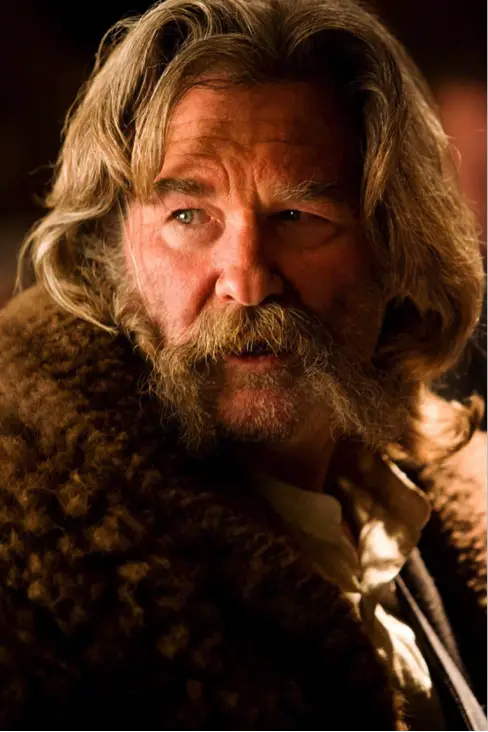 gore, while in true Tarantino style was almost comedic, also looked hyper realistic. If I had felt so inclined, I could have counted every single one of Kurt Russell’s beard hairs.
gore, while in true Tarantino style was almost comedic, also looked hyper realistic. If I had felt so inclined, I could have counted every single one of Kurt Russell’s beard hairs.
There is a counter-argument to be made that digital film has achieved the same level of clarity that 70mm produces. One must remember, though, that 70mm Panavision has existed since 1959, and digital film is really only just now beginning to compare in quality. That’s why so many baby boomers and viewers from older generation say movies aren’t what they used to be—until recently, digital was markedly inferior to 70mm.
Plus, The Hateful Eight also incorporates another relic of bygone movie lore—the roadshow experience. Going to the movies several decades ago wasn’t texting your friends Fandango showtimes, it was an event.
At a roadshow you recieve tiny pamphlets full of pictures and information about the film, and often there’s an intermission in the middle of the showing.
How perfect is that?
No more awkward “What happened while I was peeing?” whispers because you drank too much Coke. All you have to do is wait until the ten-minute intermission and then you’re home free. It also gives you a chance to turn to your friend and freak out over the first half of the movie without being accosted for talking.
But I bet you’re wondering why, if these roadshows and films were so great, did they die out in the sixties and seventies? Money and supplies.
At the time, there was a lot of experimenting with film ratios, and a lot of films were coming out in different formats.
Movie theaters couldn’t keep up with all the variation and they couldn’t afford every projector required for every different kind of movie. They wanted uniformity.
The cameras and film itself were also huge and heavy. You could stand somebody taller than myself—an average height lady—next to a 70mm film camera, and they’d maybe match it. It was less cumbersome to use smaller models, and easier to transport and care for the smaller film.
To do what Tarantino’s done now is not only expensive but also very difficult. 70mm cameras aren’t made anymore, and the projectors to play them are almost as hard to find. The only reason 70mm Panavision lasted as long as it did is because of its quality and their accompanying roadshows.
The Hateful Eight’s roadshow isn’t anything new or groundbreaking, though. In fact, it’s a throwback. That’s partly because roadshows didn’t begin with 70mm Panavision; they began with the beginning of cinema itself.
Silent films were akin to theater performances; they were even accompanied by a musical ensemble to enhance the experience. Programs were handed to viewers so the audience would understand the context of the film, as well as the films that played before the feature. But by the early seventies, this style of a movie had all but died out.
 So why would Quentin Tarantino shoot The Hateful Eight in anamorphic 70mm film if it’s so hard to care for, and why have an outdated roadshow?
So why would Quentin Tarantino shoot The Hateful Eight in anamorphic 70mm film if it’s so hard to care for, and why have an outdated roadshow?
It has a lot do do with The Hateful Eight itself. It’s got a western feel, but with all of the honesty that fifties and sixties spaghetti westerns decided to leave out. So, Tarantino figured, why not shoot a retro western the way it used to be shot? It’s also, as I previously hammered into you, amazingly beautiful.
Throwing a roadshow also hearkens back to a forgotten era of movie-going, and I can personally attest to how unique the experience is. For The Hateful Eight, be prepared to throw down at least 3 hours of your life.
My friend and I experienced the movie in the Alamo Ritz in downtown Austin, which means no popcorn—I settled for a French-press coffee and hatch chili cheeseburger.
The CEO of the draft house came out and greeted the crowd, which for me was impressive enough. Then before the showing, we spotted Robert Rodriguez leaving the theater.
Cool, right? It got better.
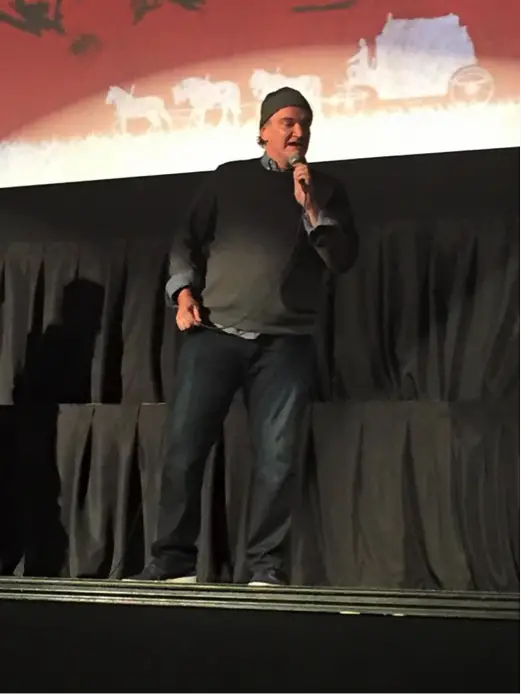 Apparently, the Alamo Ritz had set up their projectors the old school way, which prompted Quentin Tarantino to drop by casually and say hello to the crowd. Although he had done a previous Q&A for the showing beforehand, he still came in and talked to us about the film and how it was shot. Don’t believe me? Check out this picture I got of him.
Apparently, the Alamo Ritz had set up their projectors the old school way, which prompted Quentin Tarantino to drop by casually and say hello to the crowd. Although he had done a previous Q&A for the showing beforehand, he still came in and talked to us about the film and how it was shot. Don’t believe me? Check out this picture I got of him.
Sorry for the bad quality photo, I was too busy screaming “holy shit” to focus the shot.
One thing his introduction reiterated was how the roadshow called back to the yesteryear of film. Not only in the film he used, but also in how it’s shot and presented to the audience. He could have easily shot The Hateful Eight in 70mm and released it like any other movie, but he wanted to give the film the experience it and its audience so deserved.
70mm might be the most gorgeous way to see a movie, and it’s a damn shame we put it away decades ago.


